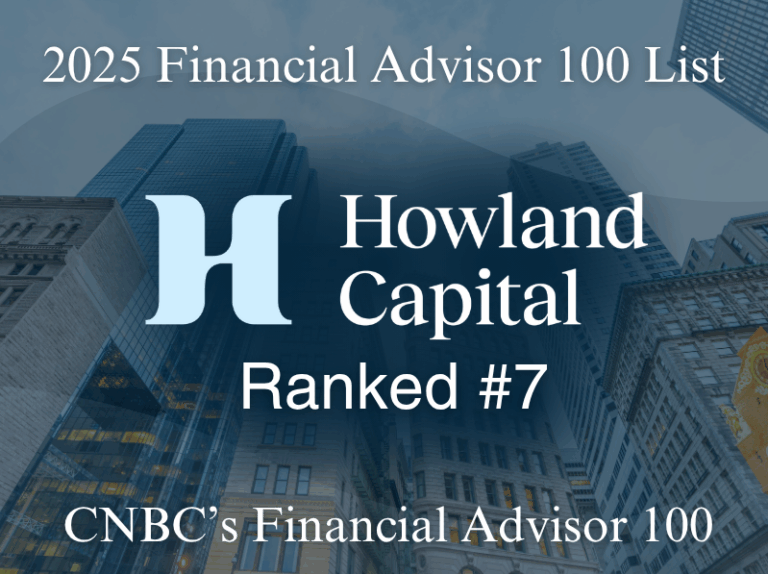We believe the economy is headed for a soft landing, as solid job gains and moderating inflation should allow for the economy to slow in a measured fashion. This was hardly the consensus view even a few months ago, when there was widespread concern that a series of rate hikes in 2022 and 2023 would lead to a recession. The next move in rates is still expected to be lower, with the Fed signaling a rate cut by year-end (assuming inflation eases further). Earlier this year, as many as five rate cuts were on the table, but persistent economic expansion and labor market strength have provided the Fed with the luxury of time as it gains certainty inflation is under control.
The economy expanded last year at a growth rate of 3.4%, and that expansion has continued this year at an annualized rate of 1.3% through the first quarter. The second quarter data are not yet finalized, but we expect it will show a slight weakening of this growth rate. Consumer spending accounts for more than two-thirds of the economy, and the impact of persistently higher prices for basic items like food and shelter continues to pose a headwind. This headwind is particularly present for lower- and middle-income households, who rely more on wage income than investment income. As interest rates have moved up, so have borrowing costs. Auto and credit card loan delinquencies have risen above their pre-pandemic levels, and student loan delinquencies have ticked up after the pandemic-related pause on payments expired. Business spending has remained quite strong, especially on investments in artificial intelligence and other technologies. However, tighter lending standards and weakening corporate profits will likely dampen further gains in the near term.
The robust jobs market is another factor contributing to economic growth. The labor force participation rate has grown steadily since the pandemic. While the continued retiring of baby boomers has left the overall labor force participation rate below pre-pandemic levels, participation amongst the working age population, or those aged 18-64, has fully recovered its pandemic losses. While there is still an excess of about eight million job openings that remain unfilled, this number has fallen from a peak of twelve million in 2022. This excess supply of job opportunities has absorbed strong monthly job gains leaving the unemployment rate at 4.0%, which is very close to a record low. Wage growth slowed to 4.2% in May after peaking at 7.0% in 2022, another sign of a better balance in the labor market. Despite fears of an economic slowdown, strong growth in the U.S. labor supply has allowed employers to steadily hire workers and further narrow the gap between supply and demand. In aggregate, these conditions support further economic growth this year.
Inflation is another key component to the economic outlook for the remainder of the year. Consumer Price Index (CPI) inflation has been falling steadily since peaking at 9.1% in June of 2022. The most recent readings were 3.3% in May for headline CPI, and 3.4% for Core CPI, which excludes food and energy. The Fed would like to see inflation below 3%, and ideally closer to their longer-term target of 2%. Most of the major components have shown improvement, especially food and shelter. We expect this trend to continue, but we have further to go, and believe there is possibility the Fed will be comfortable enough with the inflation data that they will consider easing the policy rate towards the end of the year.
